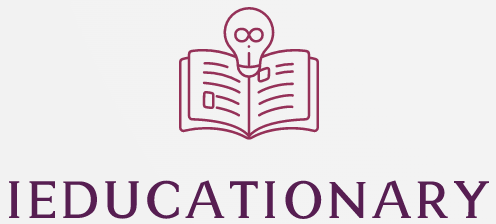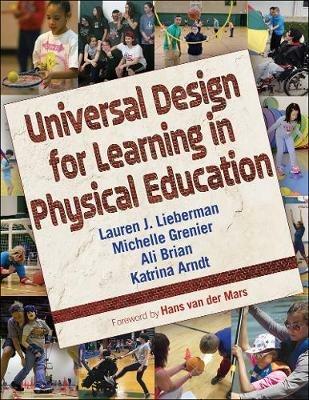The purpose of universal design is to provide alternative ways for people with varying abilities to interact with and learn from materials, content, and instruction. By making information accessible to everyone, universal design promotes understanding and enables individuals to maximize opportunities for comprehension. It also offers physical action that can increase access to tools and materials, enables multiple mediums of communication and composition, and lessens the stigma of different learning abilities. Fortunately, this approach is also backed by scientific research and evidence.
Principles
The principle of universal design in education is the creation of products and environments that are accessible to all people, regardless of age, gender, disability, or learning style. Its goals are to reduce the need for modifying a product or environment to accommodate a person with a disability, and to maximize the learning potential of everyone. UD begins with course design and works its way up to learning products and environments. It can improve the learning experience for everyone, and it can save time and money for faculty.
Principles of universal design in education are most applicable in classrooms, where teachers can prompt students to summarize important phrases and aspects of a video lesson. Teachers should also guide students to develop relationships between information. For example, a math teacher might prompt students to see the relationship between addition and multiplication by guiding them to build on previous experiences to learn new concepts. And, if a student does not respond well to visual stimuli, a teacher can give them prompts to reflect on their previous learning to help them understand new material.
Goals
The practice of Universal Design for Learning (UDL) is a science-based framework that supports education and expands opportunity for all learners. Through its focus on inclusive design, UDL encourages full participation and achievement by every student. Whether it is a classroom environment or a course, UDL aims to remove barriers to learning and promote fully inclusive learning. Here are three key goals of UDL:
UDL encourages teachers to consider student needs and strengths when planning lessons and designing materials. In general education classrooms, this means presenting information in multiple formats to increase access for all learners. UDL also recommends differentiated ways of expressing knowledge. And despite the importance of teaching to individual strengths, UDL also promotes inclusionary practices within the classroom. Learning in an inclusive environment is more effective than the alternative. Adapting information to different learning styles, abilities, and preferences will increase student success.
Principles of implementation
One of the fundamental principles of Universal Design for Learning (UDL) is the need to remove barriers to learning and give all learners an equal opportunity to achieve. UDL is not specific to children with learning disabilities, but can help any child, including English language learners. The goals of UDL are to maximize the benefits of technology and instructional materials, and to tailor them to the learner. This is accomplished through the use of adaptive technology and instructional practices.
In UDL, there are four main parts of the curriculum: instructional goals, instructional methods, instructional materials, and assessment. All of these elements are intended to improve access to learning by reducing the barriers that students may experience, and promote self-awareness. Inclusionary practices are also encouraged in UDL, which means that educators must make every effort to accommodate every student’s needs. Those goals are best achieved through individual planning.
Resources for implementation
The principles of Universal Design for Learning are based on scientific insights into how humans learn and experience their surroundings. These principles focus on how learning is best achieved by all students. The guidelines are organized into three parts: “Why,” “What” and ‘How.” The Center for Assistive Special Technology (CAST) is an organization dedicated to expanding learning opportunities for everyone. Their website is a useful resource for understanding Universal Design for Learning and implementing it in your classroom.
The UDL Standard provides guidelines on the use of the UDL process, from planning to evaluating student services. It also provides a UDL task analysis tool that can help you plan and implement UDL. The UDL Standard for Mohawk College outlines context-specific UDL considerations for curriculum design, development, and delivery. Finally, it lists a variety of resources to assist with UDL implementation. All of these resources are essential for implementing Universal Design in your classroom.
Support for implementation
The universal design for learning (UDL) framework promotes inclusive classroom practices and enhances access to learning. The Higher Education Opportunity Act of 2008 and IDEA reauthorization both refer to UDL in passing legislation. What is it? The UDL framework aims to make learning more accessible to students with disabilities and promotes self-awareness and proactive planning for all learners. What are its benefits? Here are four of its benefits.
The principles of universal design for learning should be incorporated into the design of courses. Whether the classes are traditional or online, it is important that all students can access and participate in the course’s content and activities. These principles can be applied to lectures, classroom discussions, group work, web-based instruction, and fieldwork. UDHE is a systematic process that can be implemented through a variety of tools. By following the UDHE process, a teacher can make her or his course accessible for students with disabilities.

